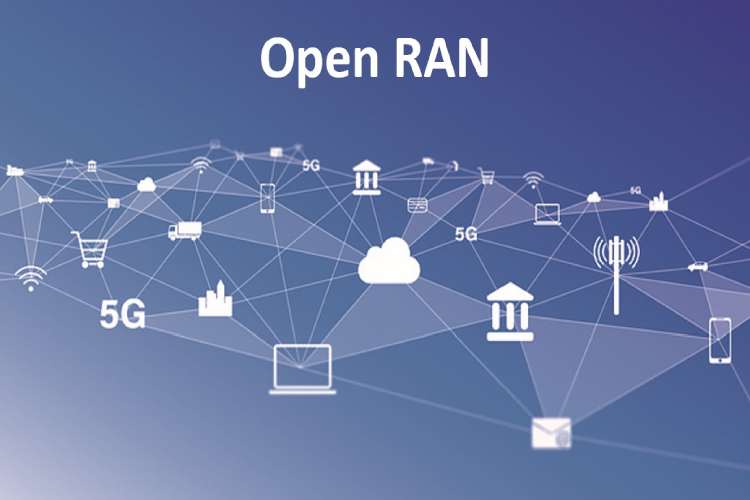North America, West Europe, and Far East & China are currently the leading developers, contributors, and implementers of O-RAN technology and standards.
Global research institute Juniper Research has now revealed that annual operator investment into O-RAN (Open Radio Access Networks) will reach $11 billion in 2029; rising from $2 billion in 2024. This culmination of nearly $40 billion of global investment into AI network automation by 2029 will be driven by the need to cater for increasing cellular connections and data.
O-RAN is a version of the RAN which supports multi-vendor deployments, and enables operators to expand AI RAN deployments. RAN is the technology that provides connectivity between end connections and network cores. The O-RAN Alliance was formed in 2018, with the merger of the xRAN Forum, which included vendors and operators predominantly from the US, Japan, South Korea, and Europe, and the C-RAN, which consists of vendors and operators from vendors. This event marked a global effort to standardise open interfaces within cellular network RAN.
North America, West Europe, and Far East & China are currently the leading developers, contributors, and implementers of O-RAN technology and standards. This has been driven by innovation and investment from operators and O-RAN vendors, such as AT&T, Deutsche Telekom, Ericsson, Mavenir, Fujitsu, and Rakuten. Moreover, governments in these regions have accelerated O-RAN market development by providing additional funding. For example, the US government allocated $1.5 billion for open network development, with its CHIP (Creating Helpful Incentives to Produce Semiconductors) Act in 2022.
O-RAN differs from traditional RAN, as it replaces proprietary interfaces with open interfaces. This enables operators to leverage multiple vendors within their RAN deployment. In turn, this increases flexibility and competition, thus reducing RAN costs. O-RAN also expands the role of big data and AI within the RAN; providing operators with access to advanced automation capabilities. This is achieved via new components, such as the RIC, being added to the RAN.











